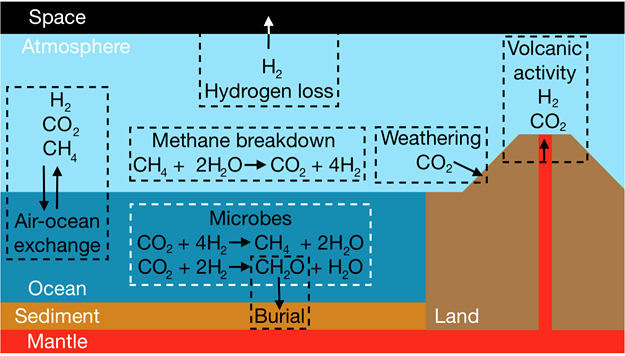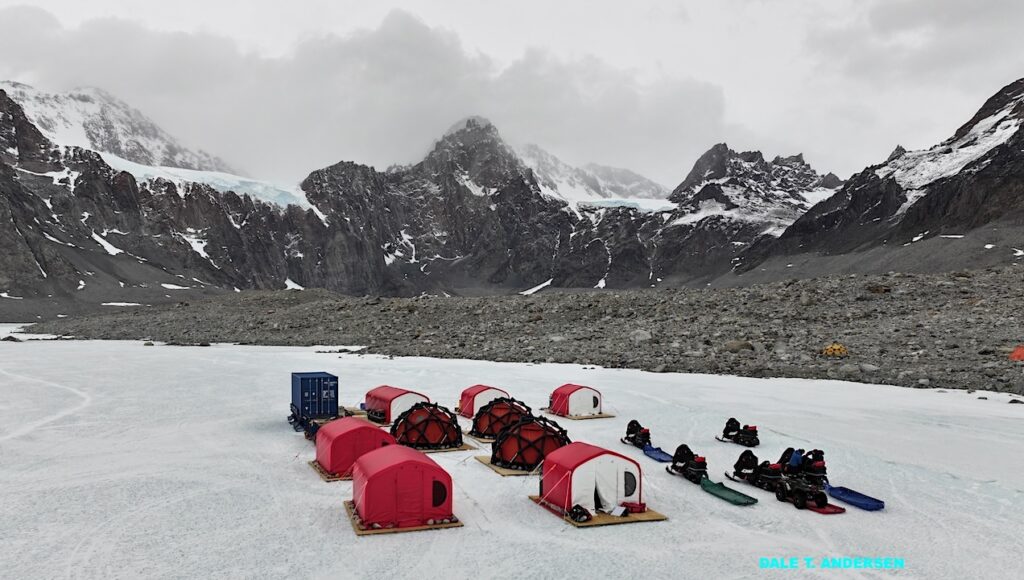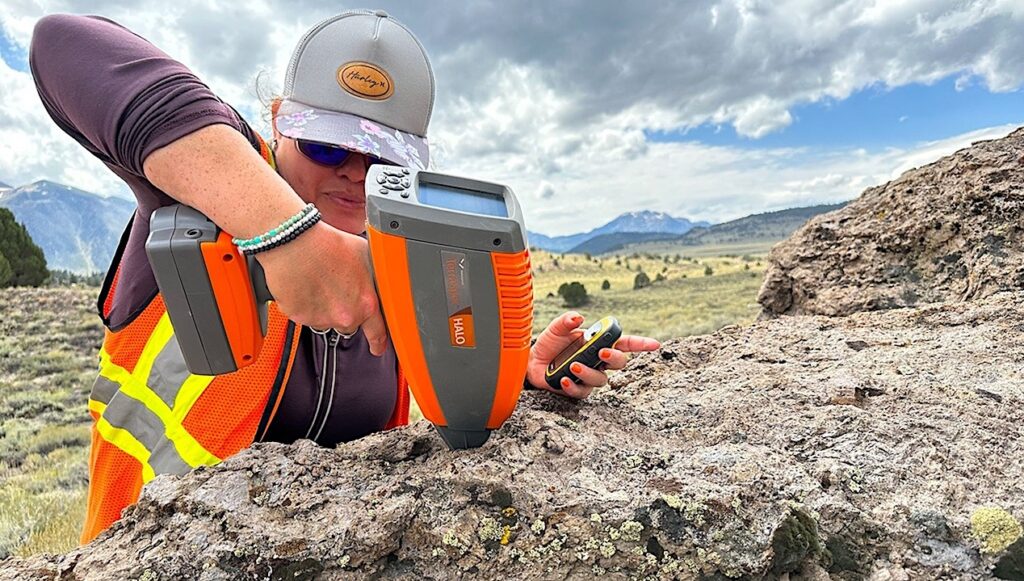Predicting Biosignatures For Nutrient Limited Biospheres

With the characterisations of potentially habitable planetary atmospheres on the horizon, the search for biosignatures is set to become a major area of research in the coming decades.
To understand the atmospheric characteristics that might indicate alien life we must understand the abiotic characteristics of a planet and how life interacts with its environment. In the field of biogeochemistry, sophisticated models of life-environment coupled systems demonstrate that many assumptions specific to Earth-based life, e.g. specific ATP maintenance costs, are unnecessary to accurately model a biosphere.
We explore a simple model of a single-species microbial biosphere that produces CH4 as a byproduct of the microbes’ energy extraction – known as a type I biosignature. We demonstrate that although significantly changing the biological parameters has a large impact on the biosphere’s total population, such changes have only a minimal impact on the strength of the resulting biosignature, while the biosphere is limited by H2 availability.
We extend the model to include more accurate microbial energy harvesting and show that adjusting microbe parameters can lead to a regime change where the biosphere becomes limited by energy availability and no longer fully exploits the available H2, impacting the strength of the resulting biosignature. We demonstrate that, for a nutrient limited biosphere, identifying the limiting nutrient, understanding the abiotic processes that control its abundance, and determining the biosphere’s ability to exploit it, are more fundamental for making type I biosignature predictions than the details of the population dynamics of the biosphere.
A. E. Nicholson, S. J. Daines, N. J. Mayne, J. K. Eager-Nash, T.M. Lenton, K. Kohary
Comments: 18 pages, 17 figures
Subjects: Earth and Planetary Astrophysics (astro-ph.EP); Biological Physics (physics.bio-ph); Biomolecules (q-bio.BM); Populations and Evolution (q-bio.PE)
Cite as: arXiv:2207.12961 [astro-ph.EP] (or arXiv:2207.12961v1 [astro-ph.EP] for this version)
Submission history
From: Arwen Nicholson Dr
[v1] Tue, 26 Jul 2022 15:14:10 UTC (3,454 KB)
https://arxiv.org/abs/2207.12961
Astrobiology,








